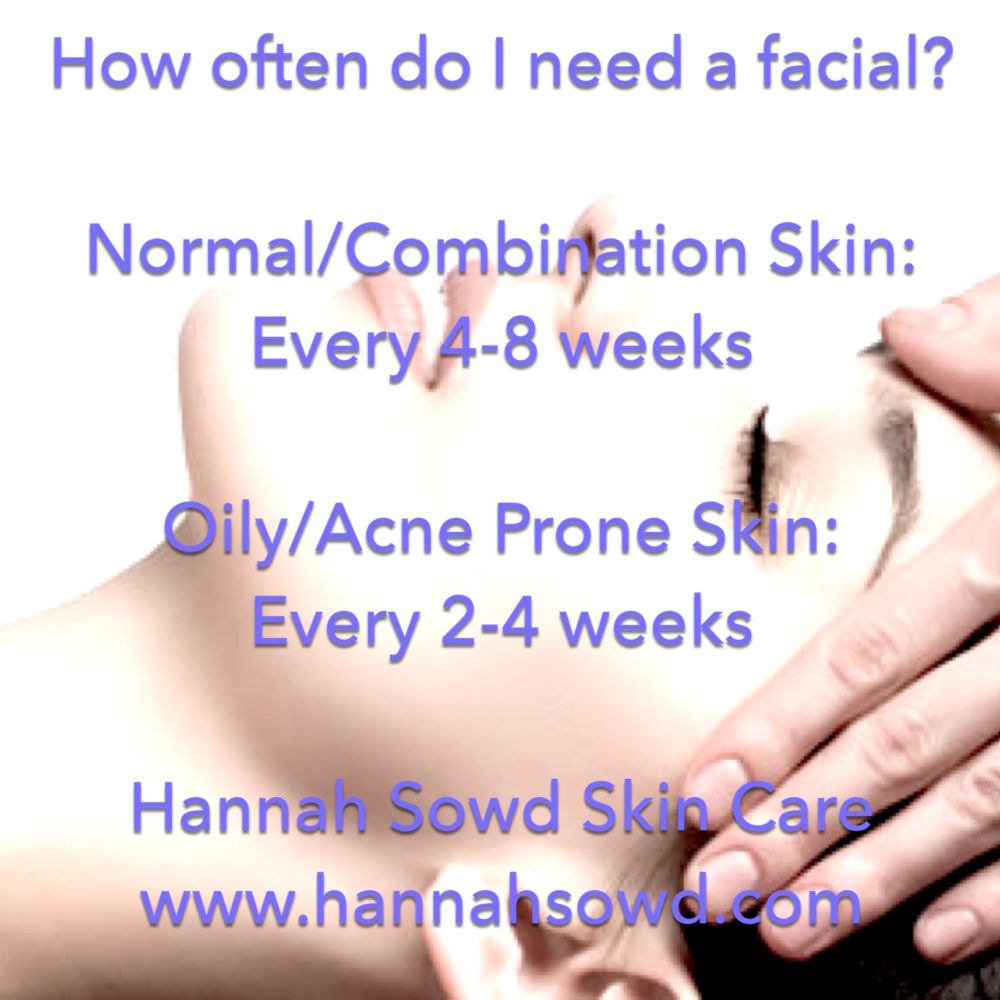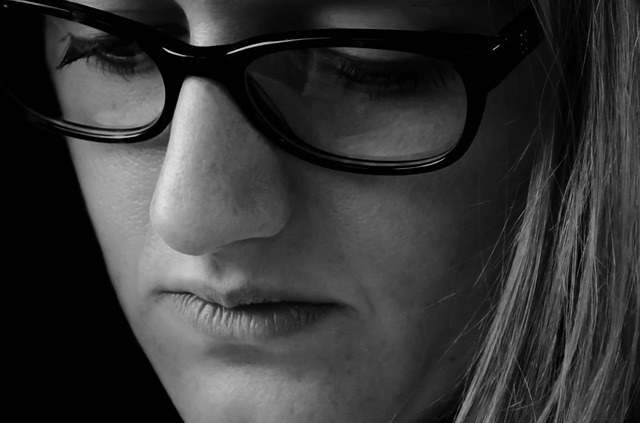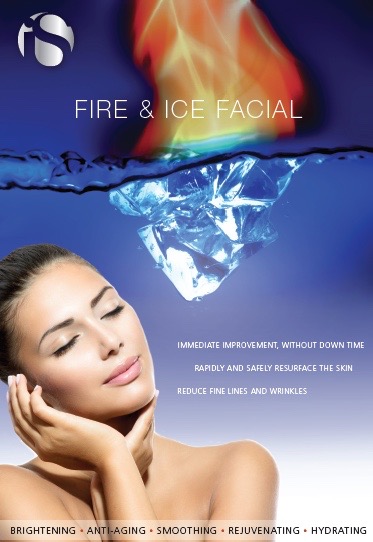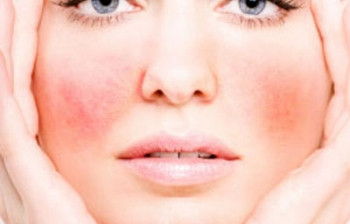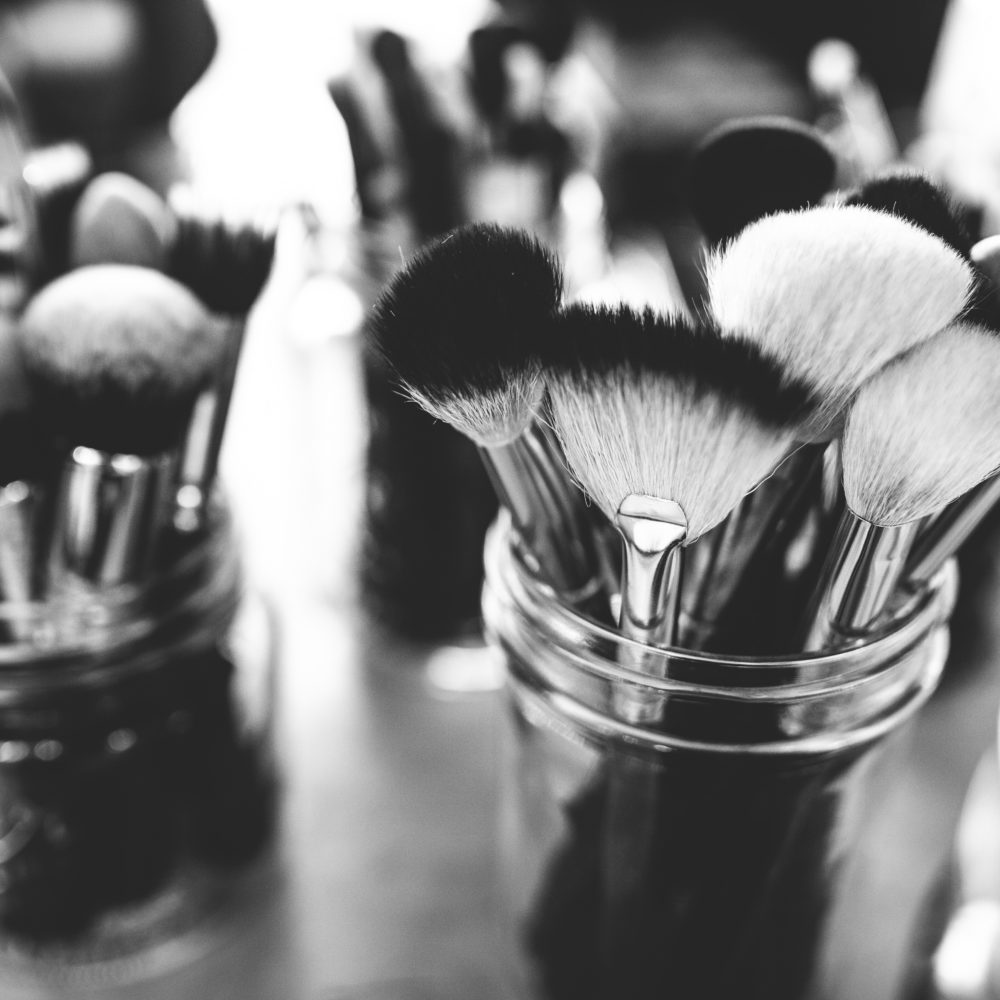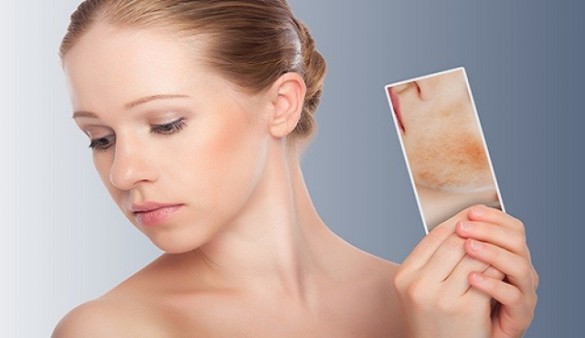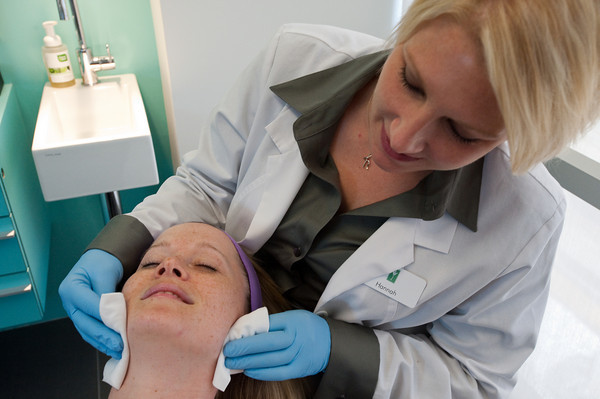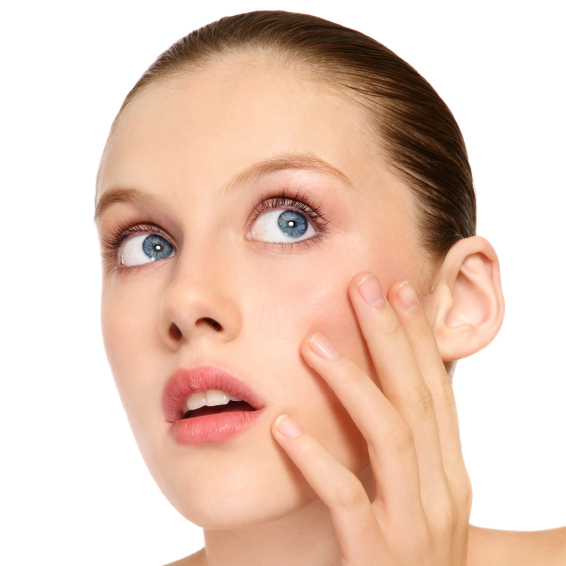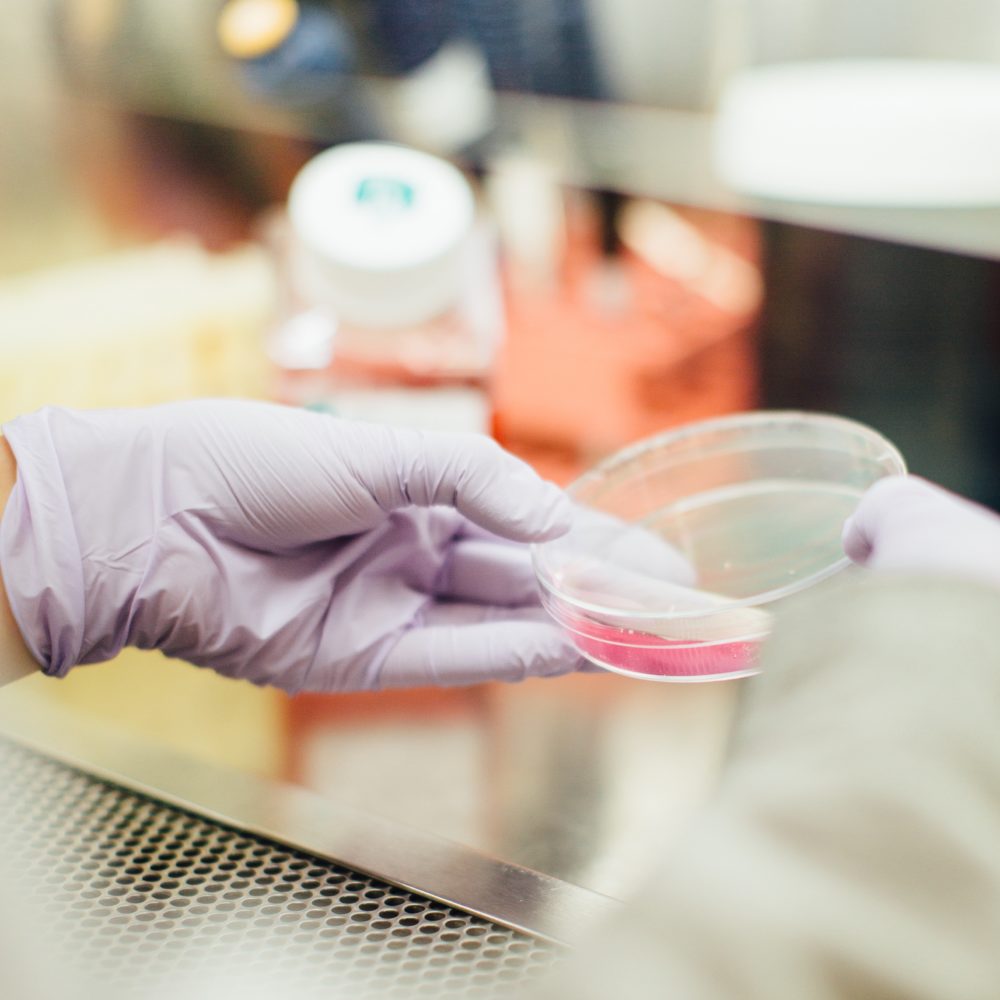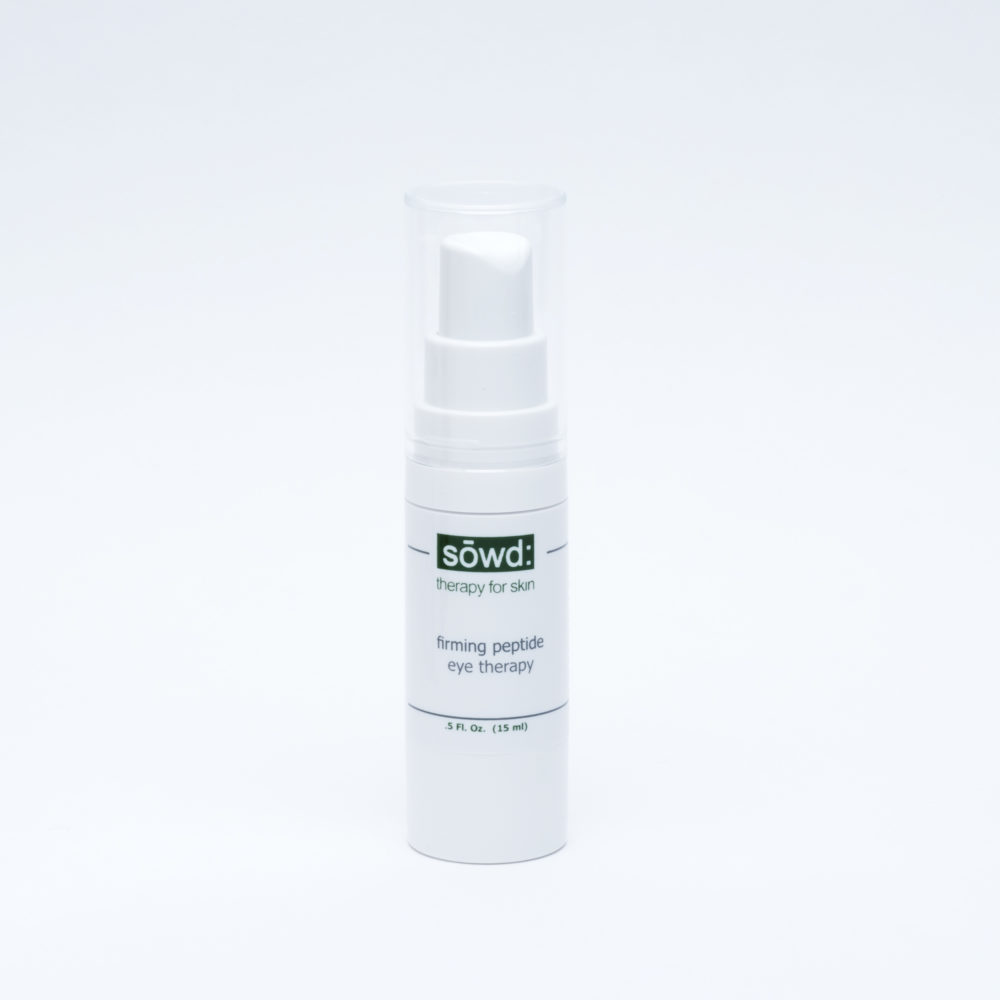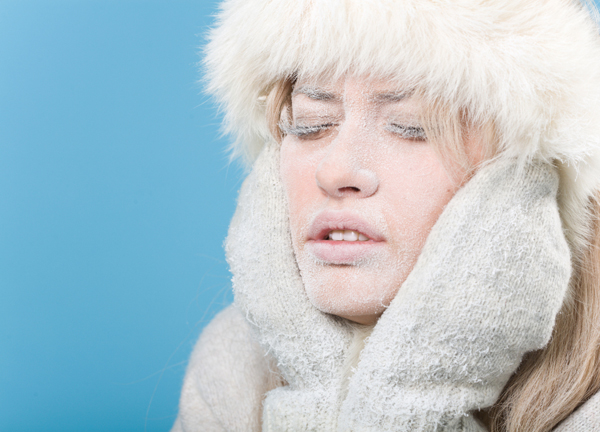How often do I need a facial?
Facials feel great and most of us would get them all the time if we had plenty of free time and money!
How often should we get facials for optimal health of our skin?
A skin cell cycle lasts between 28-35 days depending on our age, this cycle slows as we get older.
This is why getting a professional facial every 4-8 weeks is great for most people with normal or combination skin. The treatment will help slough off dead skin and take care of the new skin that is revealed.
If you have excessively oily or acne prone skin, a professional treatment every 2-4 weeks will help control breakouts and/or oil production.
When treating acne scars or pigmentation, professional treatments every 2-3 weeks can be very effective since the skin is treated twice in the same cycle.
Consult your esthetician to set up the best treatment plan for your skin!


